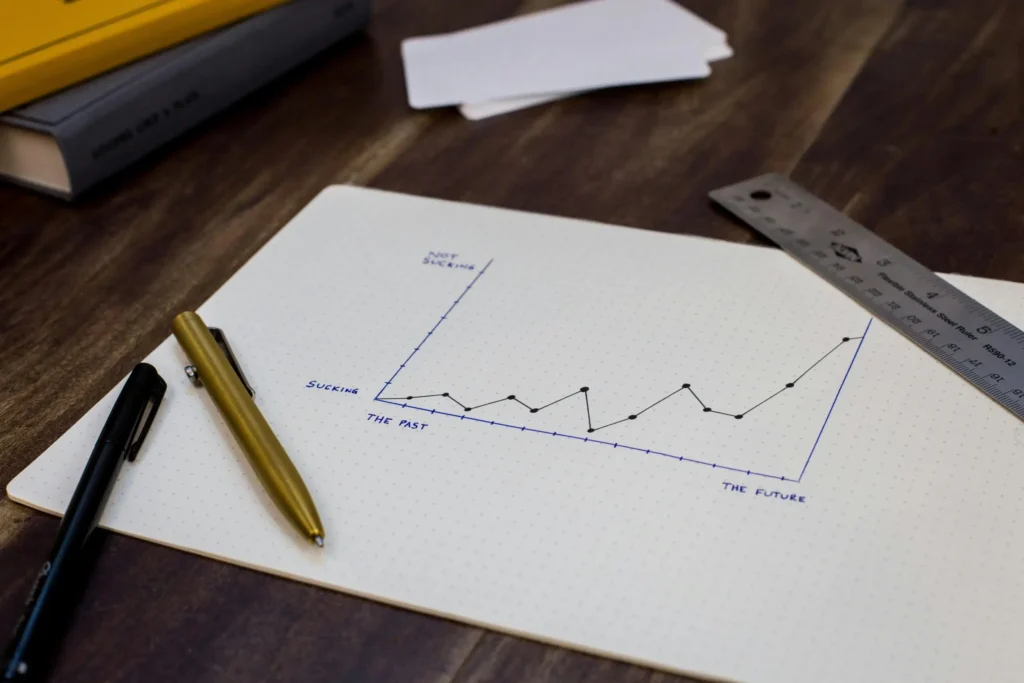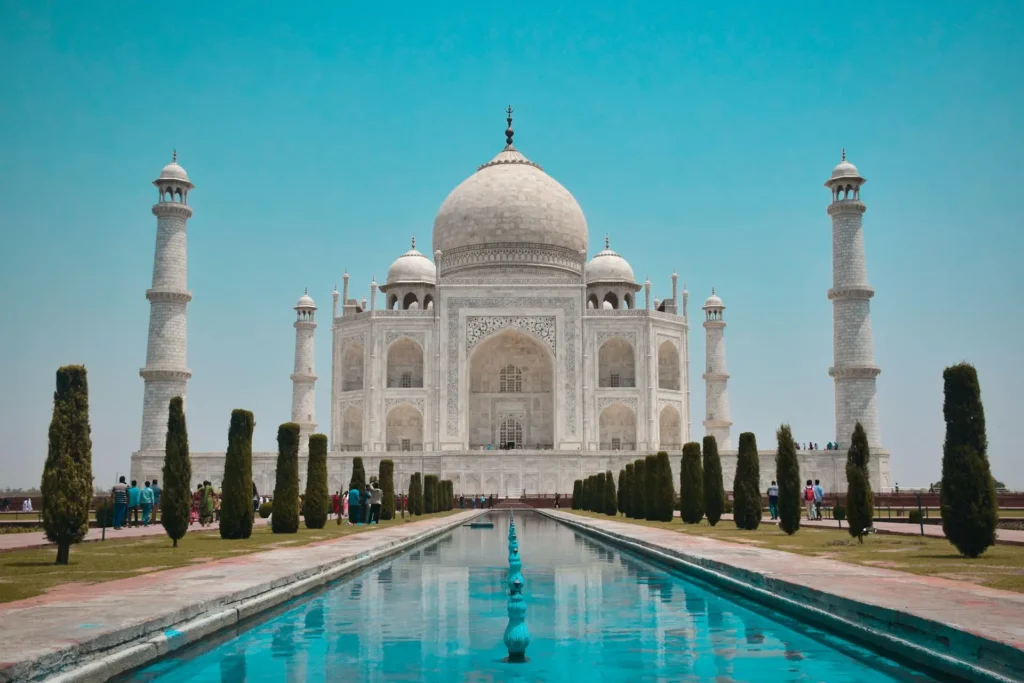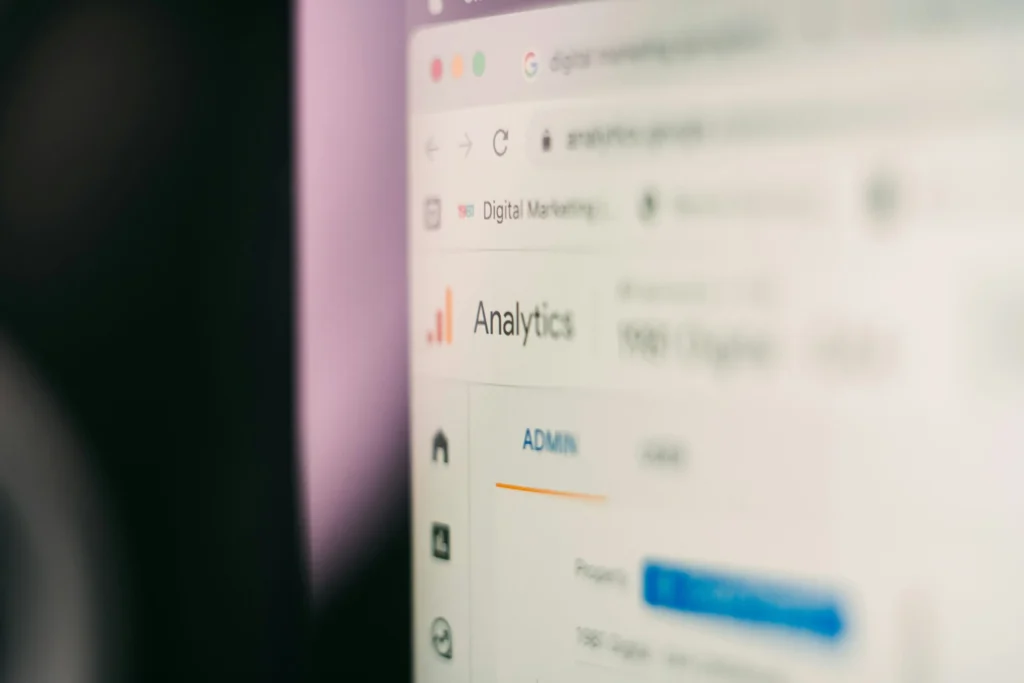The past ten years have transformed digital marketing from a supporting business function into the core driver of brand growth and consumer engagement. With the rapid rise of technology, shifting consumer behavior, and evolving platforms, digital marketing has gone through one of the fastest evolutions of any business discipline.
Let’s explore how digital marketing has changed in the past decade.
1. From Desktop to Mobile-First
- Then (2010s): Websites and campaigns were primarily designed for desktop users. Mobile optimization was often an afterthought.
- Now (2020s): With smartphones becoming the dominant device, marketers design mobile-first experiences. Google even shifted to mobile-first indexing, prioritizing mobile-friendly websites in search rankings.
Impact: Marketers must ensure websites are responsive, fast-loading, and optimized for mobile to stay competitive.
2. Social Media Evolution
- Then: Facebook and Twitter were the main hubs for brand-consumer interaction. Social media was mostly about community building and awareness.
- Now: Instagram, LinkedIn, YouTube, Snapchat, and TikTok (globally) have reshaped the landscape. Social media is now a mix of entertainment, e-commerce, and advertising. Features like Reels, Stories, and live shopping integrate directly with sales funnels.
Impact: Brands now compete for attention in crowded feeds, often relying on influencers and paid strategies to cut through the noise.
3. Rise of Influencer Marketing
- Then: Celebrity endorsements dominated brand promotions. Influencer culture was in its infancy.
- Now: Influencers—from mega to micro and even nano—drive consumer trust and purchasing decisions. Authenticity often matters more than reach.
Impact: Influencer marketing is now a multi-billion-dollar industry, giving smaller creators immense power in shaping brand perception.
4. Search Engine Optimization (SEO) Shifts
- Then: SEO was largely keyword-stuffing and link-building. Ranking on Google was easier with basic tactics.
- Now: Google’s algorithms prioritize content quality, user experience, mobile compatibility, and intent-based searches. Voice search and AI-powered results (like Google’s Search Generative Experience) are reshaping SEO.
Impact: Modern SEO demands consistent, high-value content, technical optimization, and adapting to evolving search behaviors.
5. Paid Advertising Transformation
- Then: Display ads and simple pay-per-click (PPC) campaigns were dominant.
- Now: Advanced targeting, retargeting, programmatic advertising, and AI-driven ad placements rule. Platforms like Meta Ads, Google Ads, and LinkedIn Ads allow hyper-personalization.
Impact: Digital ads are more precise, but competition and rising ad costs require smarter budgeting and strategy.
6. Content Marketing Boom
- Then: Content was mostly blogs and basic website copy.
- Now: Content marketing drives brand authority, thought leadership, and SEO. Video, podcasts, infographics, and interactive tools dominate engagement strategies.
Impact: “Content is king” is truer than ever—brands must create diverse, high-quality content that educates, entertains, and converts.
7. Data and Analytics Revolution
- Then: Success metrics were limited to impressions, clicks, and likes.
- Now: Advanced analytics track user behavior across entire customer journeys. Marketers measure ROI through attribution models, conversion tracking, and predictive analytics powered by AI.
Impact: Marketing decisions are now data-driven, reducing guesswork and improving personalization.
8. E-commerce & D2C Growth
- Then: Online shopping was secondary to traditional retail. Only large players like Amazon and Flipkart dominated.
- Now: Direct-to-Consumer (D2C) brands thrive by leveraging digital platforms. Social commerce and one-click checkouts have blurred the line between browsing and buying.
Impact: Digital marketing and sales are now deeply integrated—marketing funnels directly influence revenue.
9. AI, Automation & Personalization
- Then: Email blasts and one-size-fits-all campaigns were common.
- Now: AI-powered tools enable hyper-personalized experiences. Chatbots, automated email workflows, predictive product recommendations, and personalized ads drive engagement.
Impact: Consumers now expect brands to “know them” and deliver tailored experiences.
10. Consumer Privacy & Regulation
- Then: Data collection and tracking were largely unregulated.
- Now: Rising concerns about data privacy have led to strict regulations like GDPR (Europe) and evolving data laws in India. Third-party cookies are being phased out, forcing marketers to rely on first-party data.
Impact: Marketers must balance personalization with privacy, earning consumer trust through transparency.
Conclusion
In just a decade, digital marketing has transformed from a supportive tactic to the heartbeat of business strategy. Mobile-first design, AI-driven personalization, influencer marketing, and data-powered insights have redefined how brands engage with consumers.
The next decade will likely bring even more change—with the rise of Web3, AR/VR experiences, and AI-powered search reshaping the industry once again.
For businesses and marketers, one thing is certain: adaptability is the key to survival in digital marketing.




